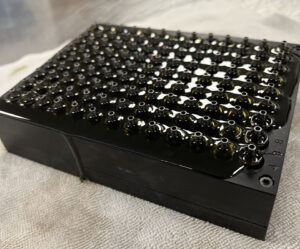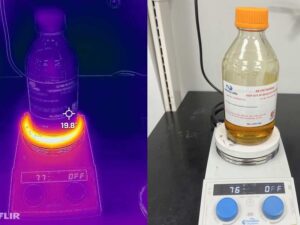Cannabis or Hemp Derived Terpenes (CDTs/HDTs) serve as crucial flavoring agents in various products such as vapes, E-cigs, cigarettes, and therapeutic soaps. These terpenes capitalize on the genetic similarities between hemp and cannabis, allowing specially bred hemp varieties to mimic the aromatic profiles of cannabis strains without producing THC, thus sidestepping regulatory hurdles. Unlike live resin, which exhibits batch-to-batch variability influenced by environmental factors, CDTs & HDTs enable consistent production of terpene “strains” suitable for mass-scale vapes and distillate extracts. However, their thermal sensitivity and susceptibility to oxidation necessitate careful handling during mixing, infusion, and storage processes to maintain product quality and shelf life. This article explores best practices to mitigate spoilage and preserve the integrity of these delicate terpenes throughout production and storage phases.




